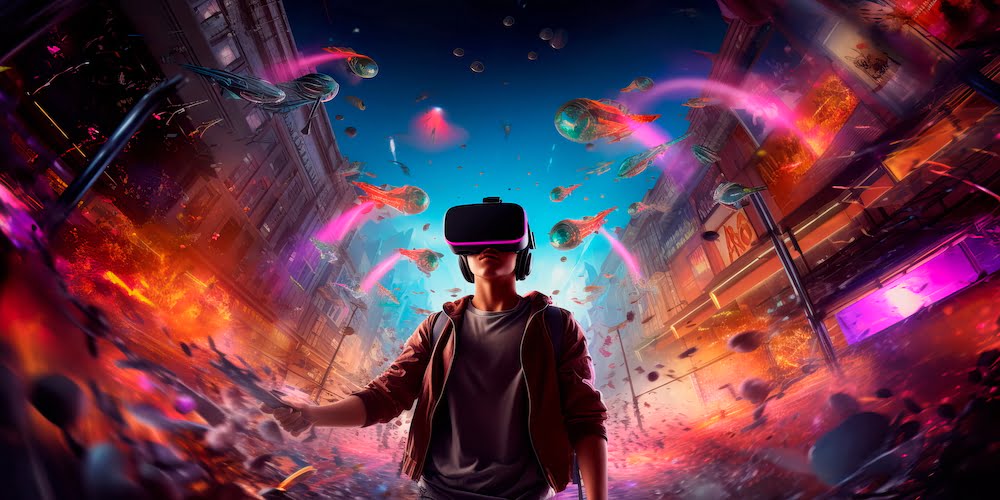Researchers at Singapore’s Nanyang University of Technology have introduced a method to track human movement in the metaverse, signaling a potential shift in the way we interact with our digital environments. This new approach, leveraging WiFi sensors and advanced artificial intelligence, could pave the way for more intuitive experiences in virtual reality.
Accurately representing real-world movement within the metaverse is critical to creating immersive virtual experiences. Research shows that traditionally this has been achieved through device-based sensors and camera systems, but each has limitations. For example, handheld controllers equipped with motion sensors provide limited data, capturing movement at a single point on the body. On the other hand, camera-based systems struggle in low-light environments and can be hindered by physical barriers.

Enter the innovative use of WiFi sensors for Human Activity Recognition (HAR). Taking advantage of the radar-like properties of WiFi signals, researchers have discovered that it can detect and track objects and movements in space.
Researchers have used this technology for a variety of purposes, including heart rate monitoring, breathing, and detecting people through walls. The Nanyang University team then aims to overcome the limitations of previous systems by combining WiFi sensors with existing tracking methods.
Applying WiFi sensors for motion tracking in the metaverse requires sophisticated artificial intelligence (AI) models. The challenge is training these models, a process that requires extensive data libraries. Traditionally, creating and labeling these data sets has been labor-intensive, limiting the efficiency and scalability of research.
Introduction to Mask Pie
To address these challenges, the research team developed MaskFi, a system based on unsupervised learning, a type of AI training that requires much less data. MaskFi has demonstrated remarkable efficiency in tracking human movements in two benchmarks, achieving approximately 97% accuracy. This system has the potential to dramatically reduce the time and resources required to train AI models for HAR in the metaverse.
The implications of MaskFi and similar technologies are enormous. Human movements can be tracked accurately and in real time without cumbersome equipment or extensive data labeling. This brings us closer to a metaverse that closely reflects the real world. Overall, this groundbreaking development sees a future where the digital and physical realms merge more seamlessly to provide users with a more natural, intuitive, and immersive experience. As research and development continues, the dream of advanced physical representations in the metaverse moves closer to reality.

